In the modern world there are hundreds of large government and private organizations that have supercomputers. Basically, they are used for scientific research: mathematical calculations, modeling of pharmaceutical compounds, processing data arrays, simulating the work of artificial intelligence, and others. Today we will talk about the most powerful systems, but with one reservation – it will not be about the current leaders in performance, but about supercomputers that were champions or differed for some other reason in the most varied years, starting from 1964.
CDC 6600
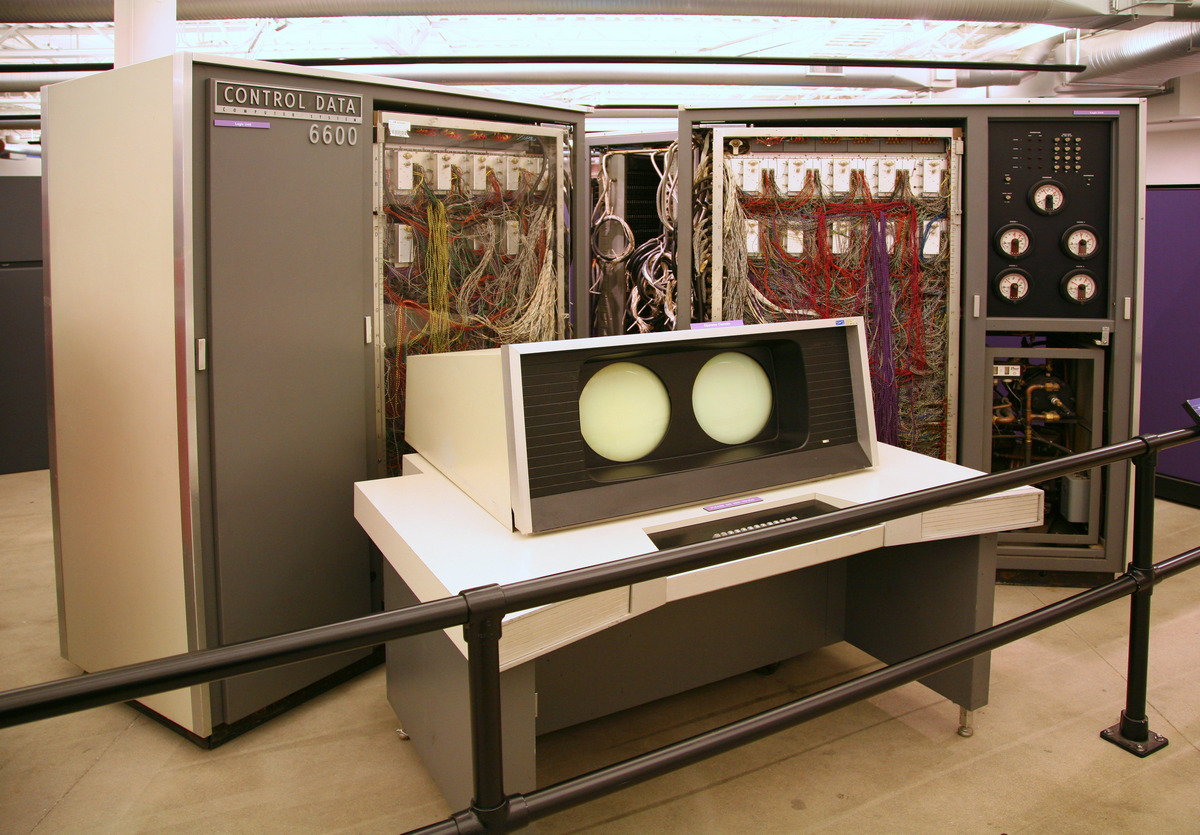
The CDC 6600 was the flagship of the 6000 series of computers manufactured by Control Data Corporation. He remained the fastest supercomputer in the world from 1964 to 1969, then his successor took the place of the CDC 7600. The creation of the CDC 6600 involved a small team of 20 people, headed by engineer Seymour Cray (later called the “father of supercomputers”). This system had only one processor and could handle 3 million floating-point operations per second, 3 mflops per second by modern standards, while it was the size of a small room, and for effective cooling of components it was necessary to use freon.
The CDC 6600 was 10 times more powerful than its main competitor, the IBM 7030 Stretch, which cost $ 13 million. For comparison, the development of Control Data Corporation cost $ 8 million, which is about $ 60 million at the current rate.
MareNostrum 4
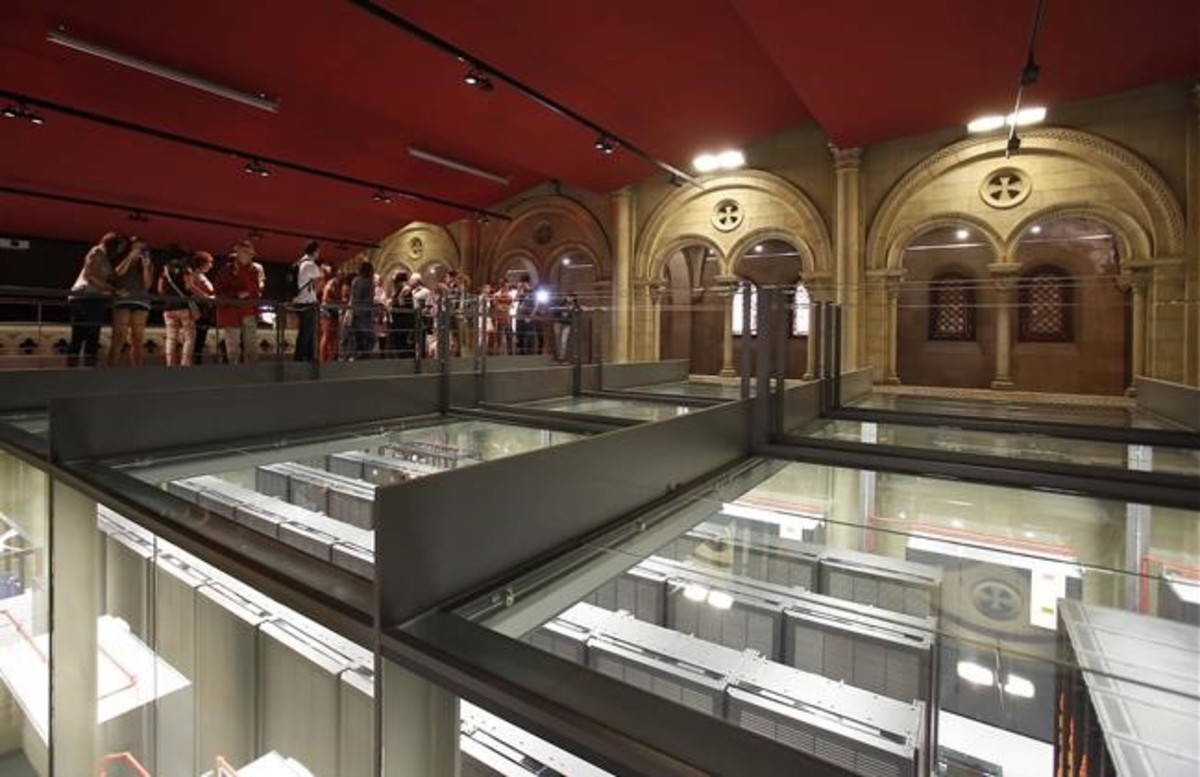
The name for the computer system located in the Barcelona Supercomputer Center (BSC) was chosen to be the Roman name for the Mediterranean. MareNostrum 4 began work in June 2017, replacing its predecessor, MN 3 (2012). The supercomputer consists of more than 3,400 servers built on Intel Xeon processors and connected by the internal Intel Omni-Path Technology 100 Gb / s network with a total length of 60 km. The main partner in the construction of MareNostrum 4 was Lenovo, which actively manifests itself in the European market for high-performance computer systems. The peak power of MN 4 is 11.15 teraflops, which is ten times higher than this indicator of the previous model; despite a tenfold increase in productivity, energy consumption rose by only 30%.
However, the main feature of MareNostrum 4 is not in some hardware features, where its location is more interesting: the fact is that the BSC is located in the former building of the Torre Girona church, doesn’t say anything outside that there is a high-tech organization; elements of traditional architecture and stained-glass windows in the window frames, creating a unique atmosphere of combining classical architecture and high technology.
Summit
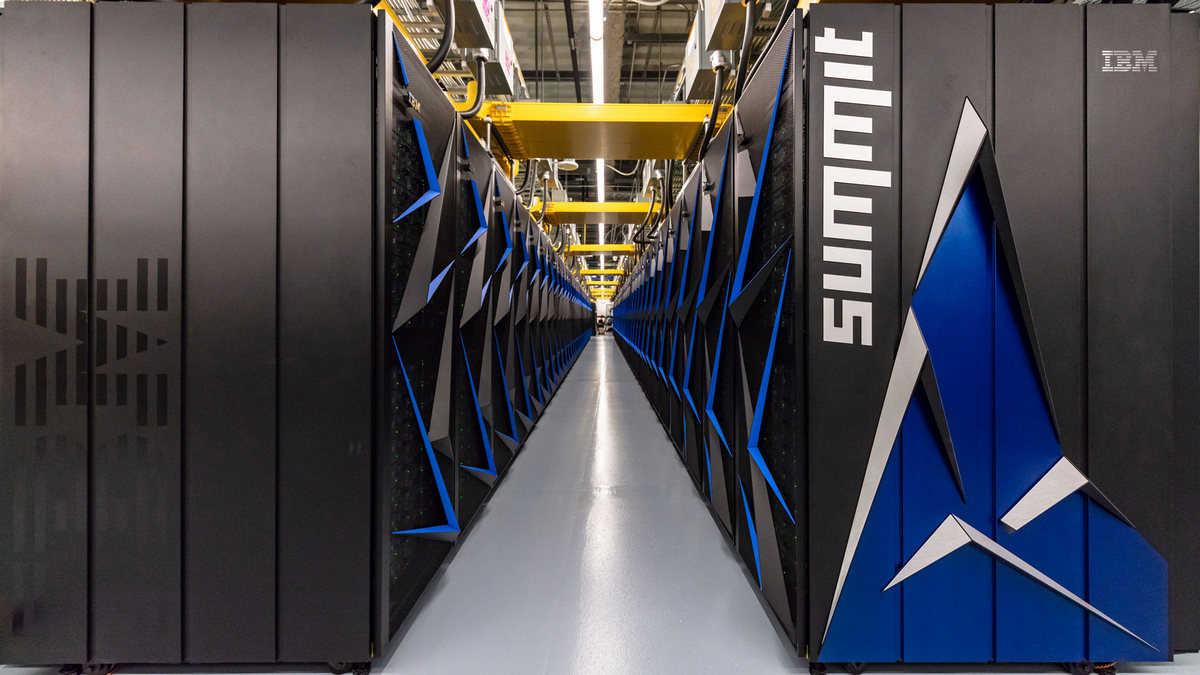
In the ranking of the most productive supercomputers, Japanese and American computers were always in the lead, but in 2013 the Chinese were the first to take the lead – first it was Tianhe-2 with a capacity of 54.9 petaflops, in 2016 it was Sunway TaihuLight (93 pflops). In June 2018, the Chinese again lost to American supercomputers with their Summit project, built in Oak Ridge (pc. Tennessee). The power of this supercomputer is 200 pflops, i.e. twice as much as the previous leader. Summit includes 4608 AC922 servers, each of which has two IBM Power9 22-core processors, six Nvidia Tesla V100 graphics processors, 512 GB of DDR4 RAM, and is running under the Red Hat Enterprise Linux 7.4 operating system. The computer consumes 13 megawatts of power, which would be enough to supply 8100 average residential buildings and at the same time it is one of the most energy efficient supercomputers in the world! All this takes an area of two tennis courts, and is cooled by a system of tubes through which 15,150 liters of water circulate.
SpiNNaker
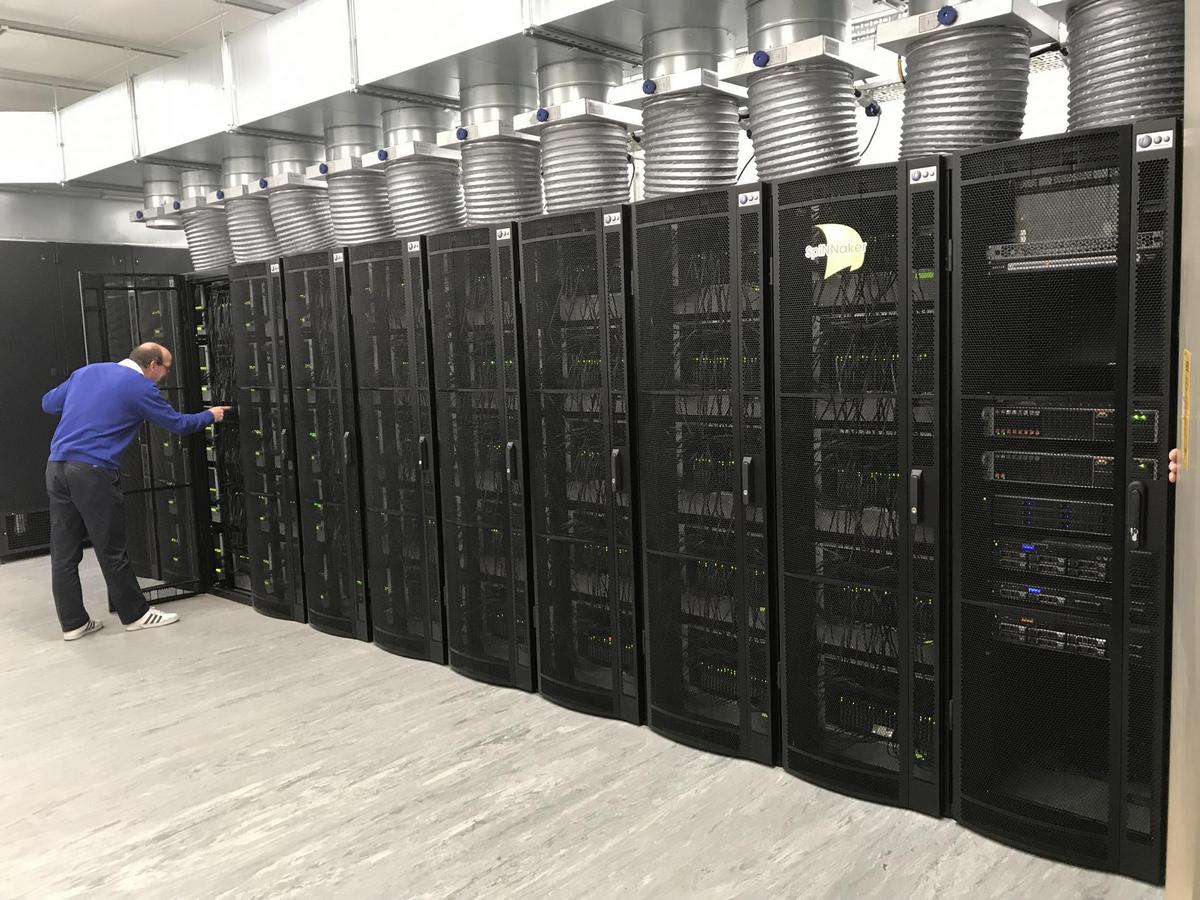
Created by the University of Manchester, the Spiking Neural Network Architecture (SpiNNaker) supercomputer is officially considered the largest electronic system that simulates the human brain. This project was developed two decades, another 10 years was spent on the assembly, and financial costs exceeded 15 million pounds.
SpiNNaker was first launched on November 2, 2018 and its main difference from conventional computers is that it does not transmit large amounts of information from point A to point B, but mimics the architecture of parallel communication of the brain, sending billions of small amounts of information in thousands of different directions simultaneously. In the future, computer makers intend to model up to a billion biological neurons in real time. For example, a mouse’s brain consists of 100 million neurons; there are 1,000 times more of them in the human brain. But even with one billion artificial neurons (1% of the number in our head), SpiNNaker will help scientists better understand the structure of the human CNS.
Connection Machine 5
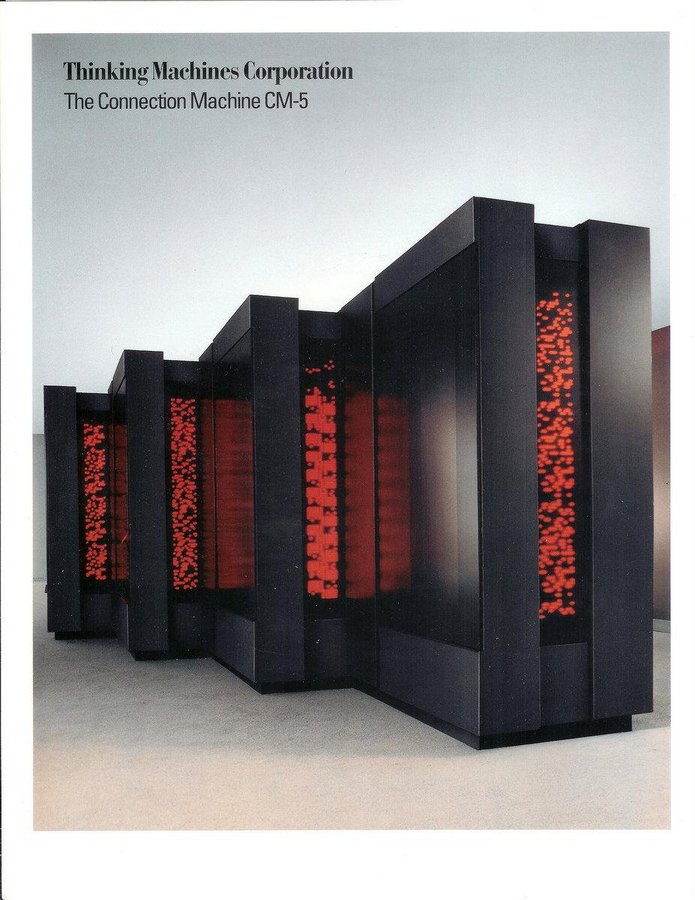
CM-5 is the most futuristic supercomputer ever created. This machine belongs to the family of supercomputers, manufactured by the American company Thinking Machines. One of the modifications of the CM-5 called Frostburg from 1991 to 1997 was used by the US National Security Agency for multi-level mathematical calculations. The original Connection Machine 5 had a capacity of 65.5 gflops, however, as already mentioned, the CM-5 is remarkable not for technical achievements, but for an extremely unusual appearance, which also differed from previous models. In contrast to 99% of other supercomputers that look like ordinary iron boxes with a bunch of wires, the design of the Connection Machine series was created with the participation of famous artists. For CM-5, a famous sculptor and architect, Maya Lin, was chosen – perhaps
Sunway TaihuLight
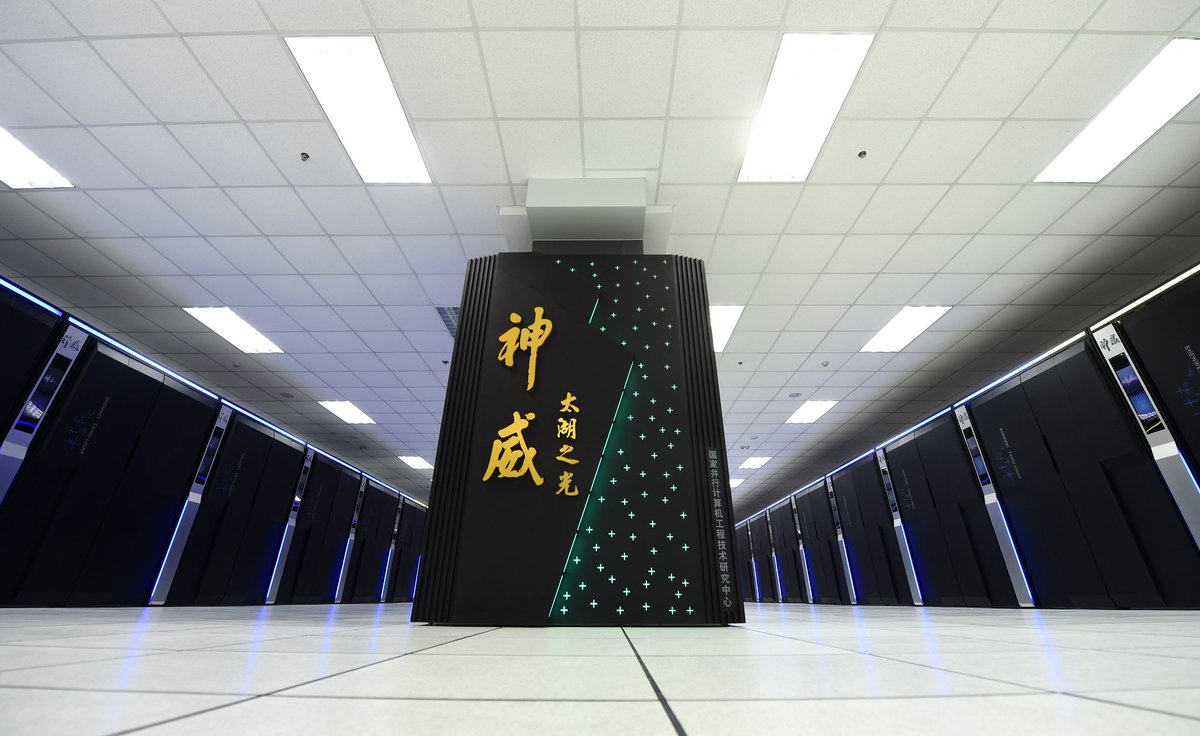
The aforementioned Sunway TaihuLight was developed by the National Supercomputer Center (NRCPC) in Wuxi, China. At one time, this computer set a power record. The operating system here is a proprietary development – Sunway Raise OS based on Linux. TaihuLight has been used for a number of years for various scientific tasks, including aerospace research, weather forecasting and big data analysis. Although he no longer heads the global supercomputer performance rating, Sunway TaihuLight is in the top five of this rating.
The Titan (OLCF- 3)
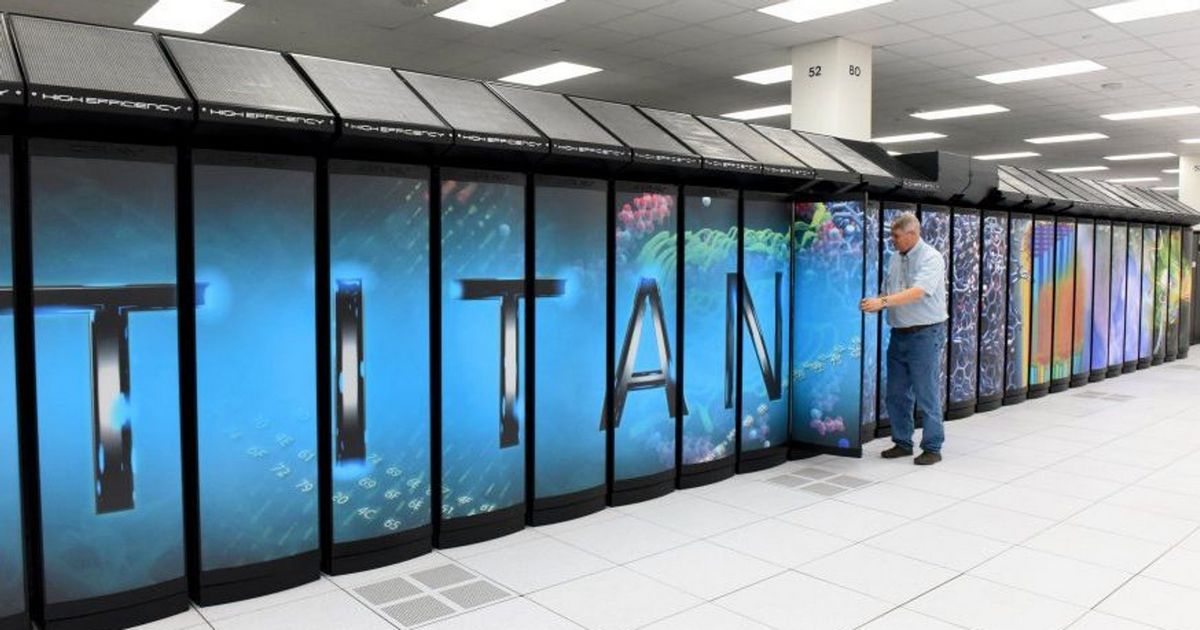
OLCF-3 is an upgraded version of its predecessor, the Jaguar supercomputer from Cray (2005). Work on the Titan was completed in 2012, this is the first hybrid of this type. In addition, in the same 2012 he became the most powerful supercomputer, reaching a performance of 17.59 pflops.
Cray -1
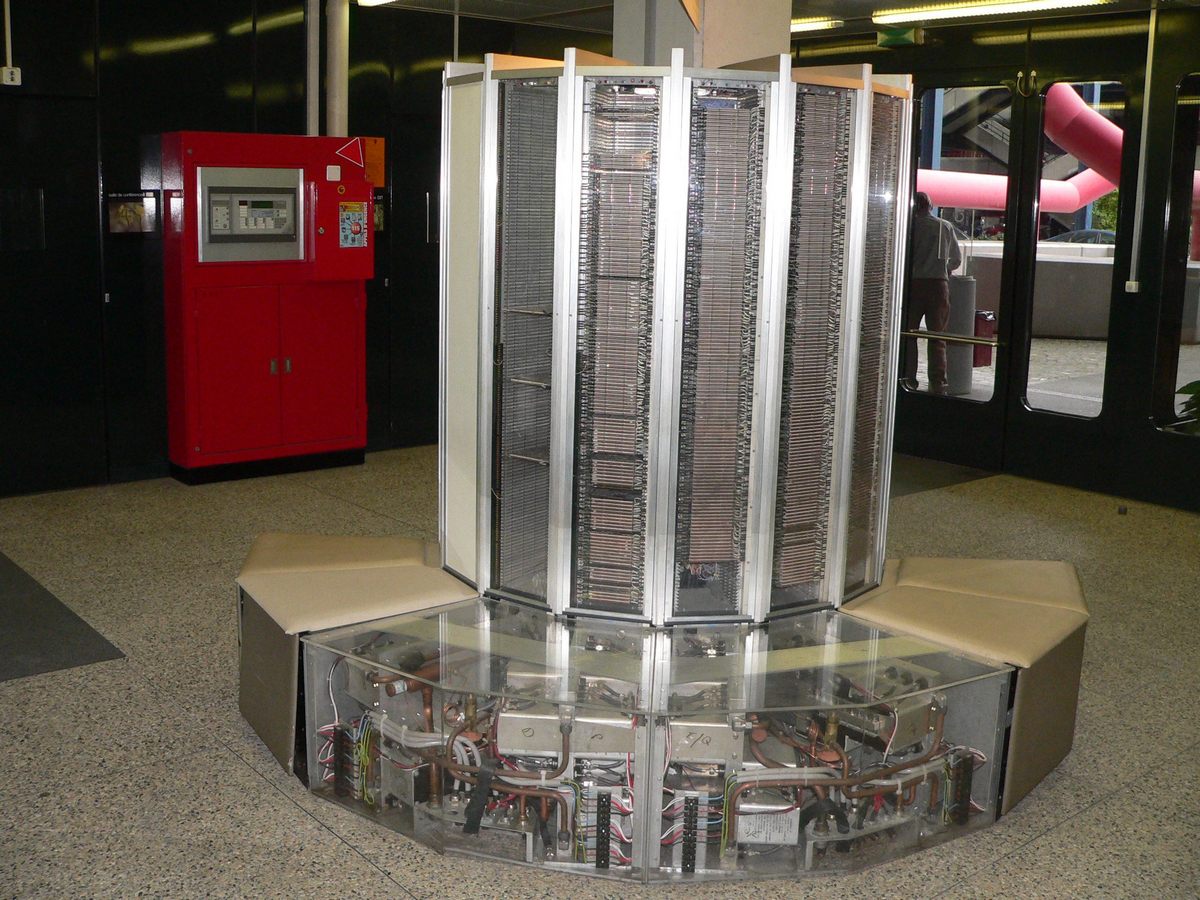
The developer of the first supercomputer Seymour Cray, which was already discussed at the very beginning of the article, was also created by one of the first commercially successful supercomputers. It was a freon-cooled car, operating at an inconceivable frequency of 80 MHz at that time and equipped with 8 MB of RAM; Cray-1 peak power was 250 mflops.
The famous C-shaped form was not only an original design solution: such a body allowed to significantly reduce the length of the wires inside the device, which, in turn, made it possible to achieve the same frequency of 80 MHz. In total, more than 100 units of Cray-1 were sold – not bad for such a specific device.
Earth simulator

As you might guess from the name, Earth Simulator is used to simulate certain natural processes. It was developed in 1997 by the Japan Aerospace Agency and the Japan Institute of Nuclear Research to assess the impact of global warming on the Earth’s climate and to study problems in geophysics. Earth Simulator ranked first in the list of the most powerful supercomputers from 2002 to 2004 – the performance of ES is 35.86 TFlops. However, in recent years, technological progress has stepped so far that the ‘Earth Simulator’ dropped to 472 place. The Japanese supercomputer is officially considered the most expensive in history: $500 million was spent on its creation.
Supercomputers have existed for more than a decade, and during this time there has been a clear trend – after years, even home PCs become just as productive, with the sizes of the latter hundreds of times. But despite the rapid obsolescence and high cost, large research machines will always exist, because without them many of the things we are used to would be impossible, such as a weather forecast or effective medicines. On the other hand, quantum computers with enormous computing power will come to us quite soon – these are the ones in perspective that can send supercomputers to the dustbin of history.


